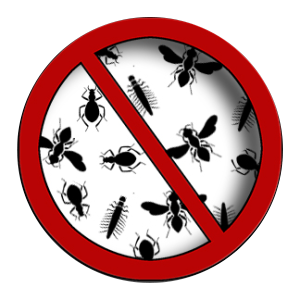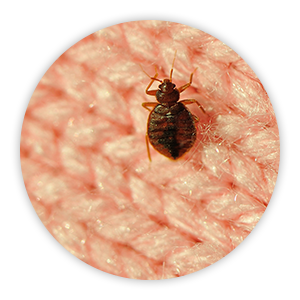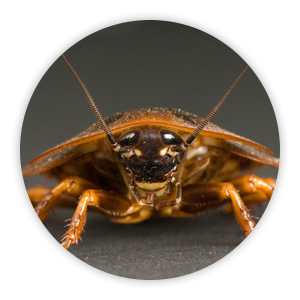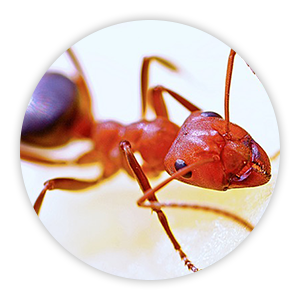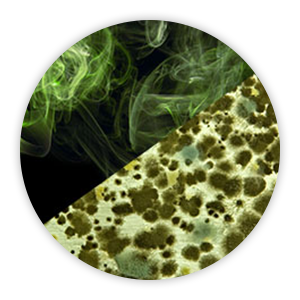|
Service Areas
Sleeptite is based in Woodville Ohio
|
|
|
|
|
Michigan counties include: Lenawee and monroe .
Contact Us
Woodville, Gibsonburg, Pemberville, Elmore, Genoa, Fremont, Clyde, Green Springs, Bellevue, Castalia, Monroeville, Norwalk, Milan, Sandusky, Tiffin, Toledo, Oak Harbor, Port Clinton, Kelly’s Island, Lake Side, Marblehead, Oregon, Northwood, Maumee, Waterville, Whitehouse, Swanton, Delta, Holland, Sylvania, Fostoria, Findlay, Bowling Green, Lucas County, Ottawa Hills, Perrysburg, Rossford, and YOUR city too!
© 2017 Sleeptite Thermal Extermination
Terms & Conditions
Terms & Conditions


 RSS Feed
RSS Feed
